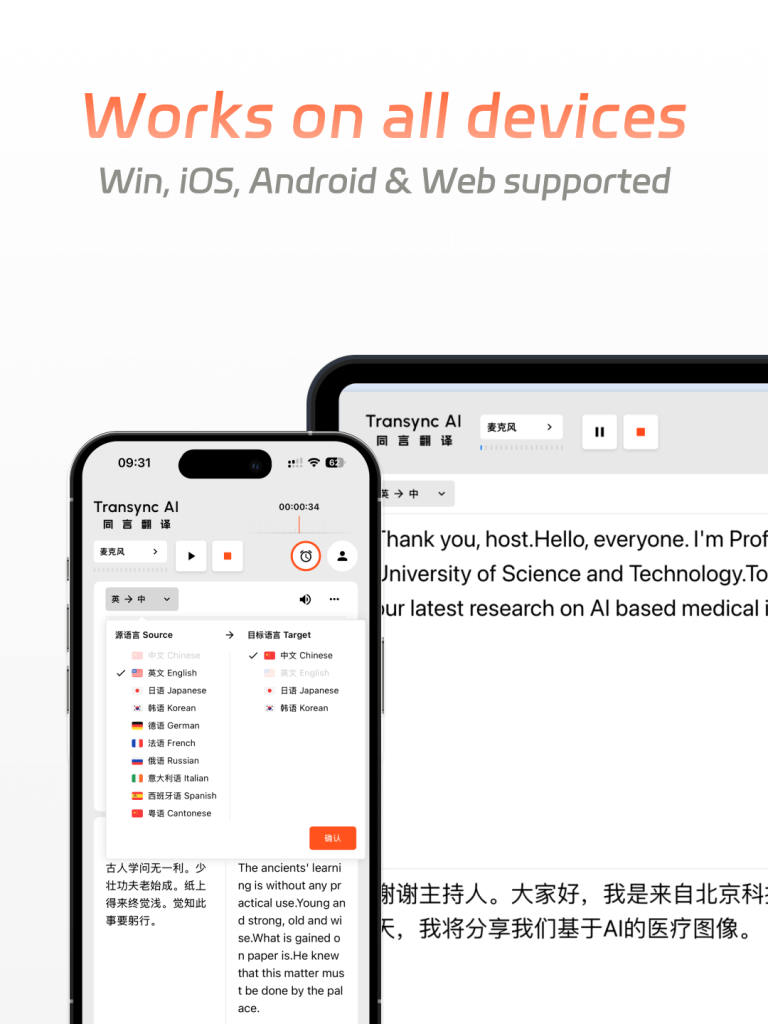
If you’ve ever tried to translate from Japanese, you’ll know it’s not as easy as switching words between two languages.
Japanese is deeply layered with context, tone, and cultural nuance — one phrase can have five meanings depending on who says it, and how.
In 2025, the world is more connected than ever. Whether you’re watching a Japanese vlog, attending an online meeting with Tokyo partners, or reading manga, the need to translate from Japanese accurately and naturally has become essential.
This article explores the most effective methods and apps for Japanese translation — and why Transync AI stands out as the most advanced tool of them all.
Why Translating from Japanese Is So Challenging
The Japanese language blends kanji (Chinese characters), hiragana, and katakana, each serving a unique function.
But the real complexity lies in its levels of politeness and implied meaning.
For example, the English word “you” can be translated in several ways in Japanese — anata, kimi, omae, or even omitted entirely.
A literal translation often misses this subtlety, leading to awkward or misleading results.
That’s why AI-powered tools that understand context and tone are essential when you translate from Japanese today.
Top 5 Ways to Translate from Japanese in 2025
1. Transync AI – Best Real-Time Japanese Translation App
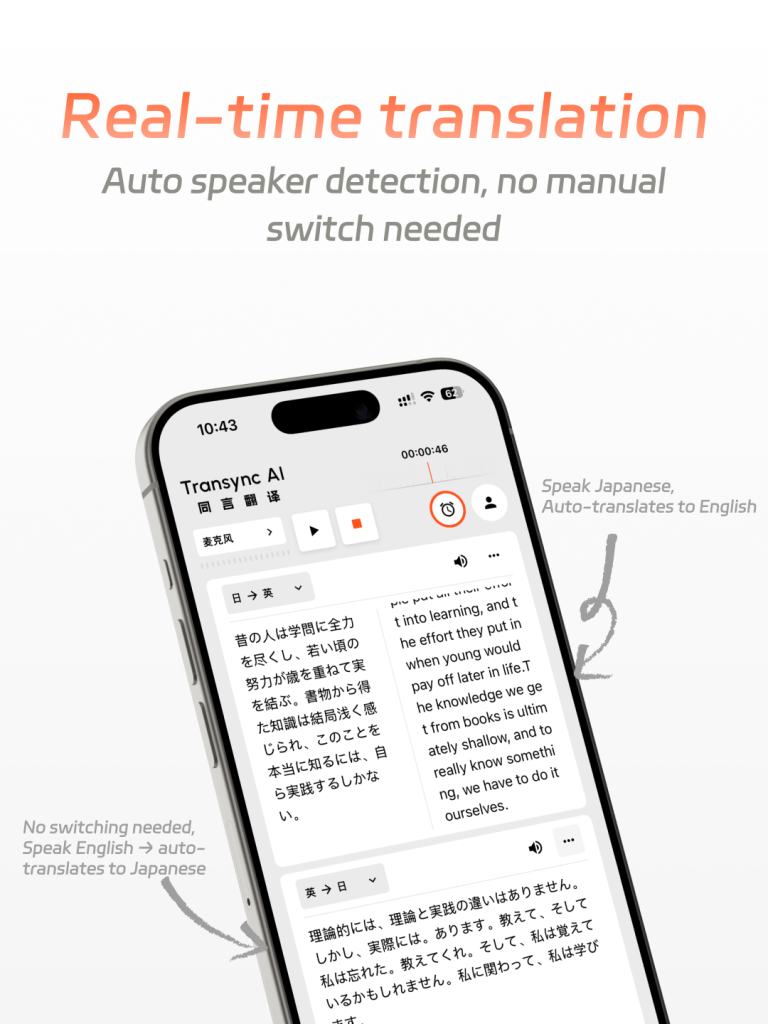
Transync AI uses advanced speech recognition and AI contextual translation to deliver accurate, real-time results when you translate from Japanese to English or other languages.
It doesn’t just replace words — it interprets meaning, tone, and even emotion.
Key Highlights:
- Real-time voice translation between Japanese and 30+ languages
- Context-aware understanding of honorifics and tone
- Converts live conversations into accurate summaries
- Perfect for business meetings, travel, or language learning
🎥 Watch how Transync AI handles Japanese-English speech translation
🌐 Try Transync AI
2. DeepL Translator
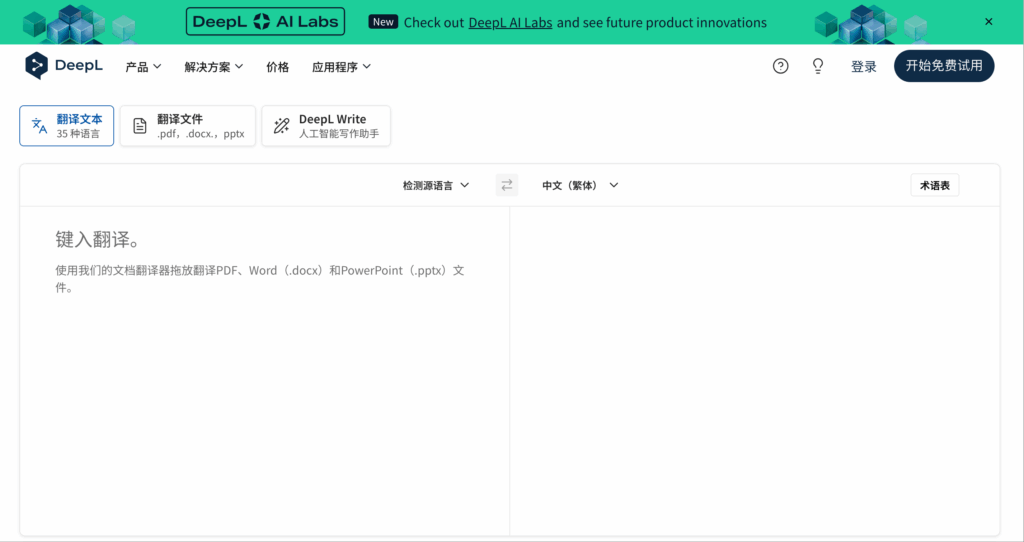
DeepL offers precise written translations when you translate from Japanese to English or other European languages.
Its AI excels in sentence flow, producing text that sounds natural rather than robotic.
However, it doesn’t yet support real-time voice translation, which Transync AI handles effortlessly.
3. Google Translate
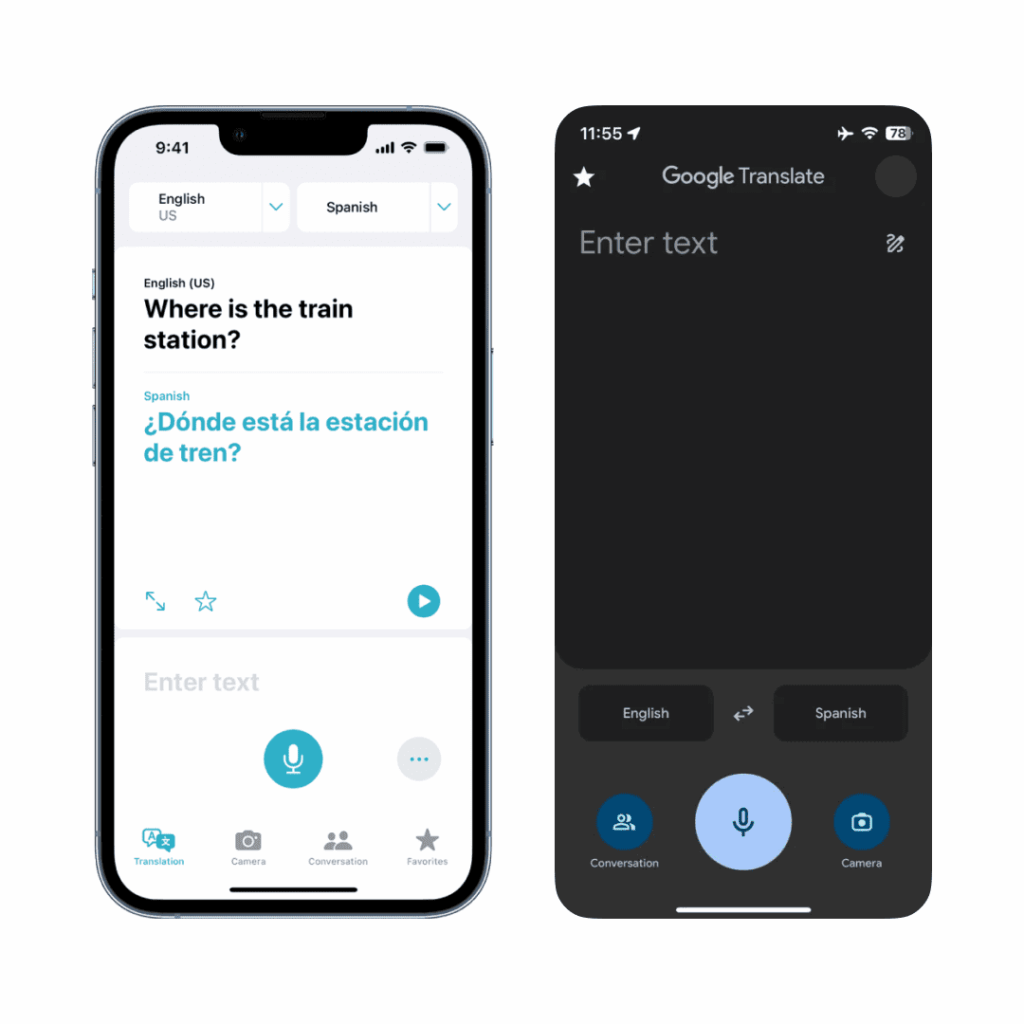
Google Translate remains a go-to for quick and free translation.
Its speech recognition feature is decent but tends to simplify or flatten nuance.
It’s best for casual travelers or students who need instant text translation.
4. Papago
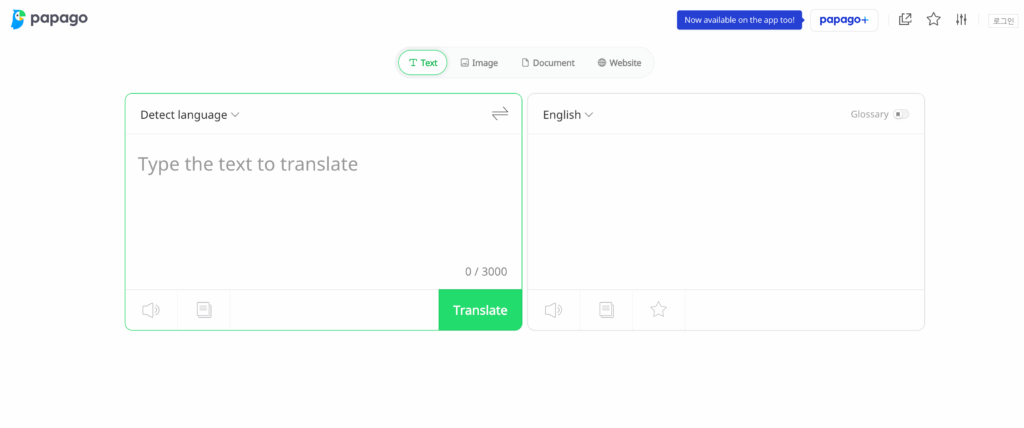
Developed in South Korea, Papago specializes in Asian languages, including Japanese.
It performs well in conversational contexts and travel-related translations, but struggles with professional or idiomatic content.
5. Microsoft Translator
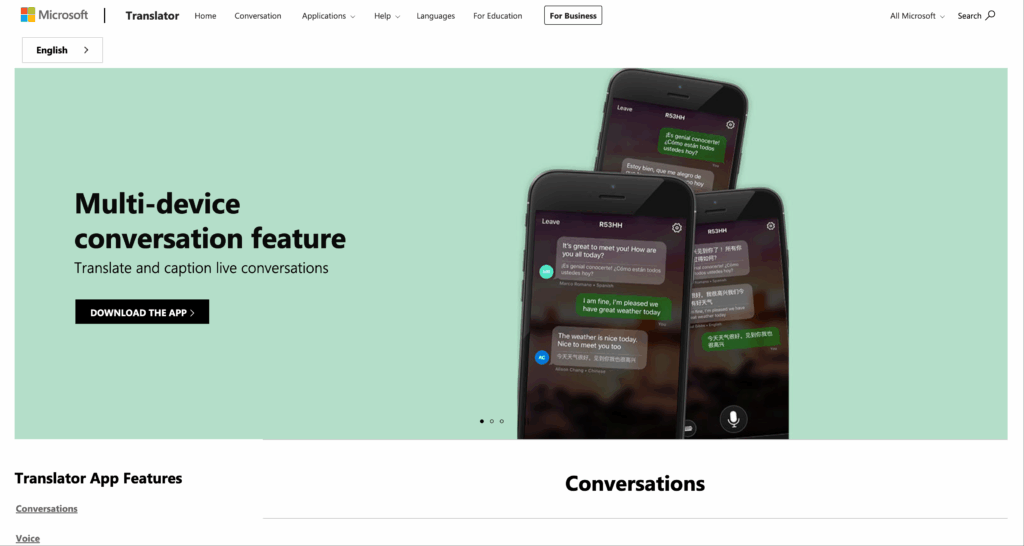
Microsoft Translator integrates well with Teams and Office, allowing live meeting translation.
However, its Japanese language accuracy still lags behind AI-native models like Transync AI.
Comparison: Best Tools to Translate from Japanese
| Feature | Transync AI | DeepL | Google Translate | Papago | Microsoft Translator |
|---|---|---|---|---|---|
| Voice Translation | ✅ Real-time | ❌ No | ⚠️ Basic | ✅ Yes | ✅ Partial |
| Context Awareness | ✅ Advanced | ✅ Good | ❌ Limited | ⚠️ Moderate | ⚠️ Basic |
| Tone Recognition | ✅ Yes | ⚠️ Text only | ❌ No | ❌ No | ❌ No |
| Offline Mode | ❌ Internet required | ✅ Yes | ✅ Yes | ✅ Yes | ✅ Yes |
| Meeting Integration | ✅ Yes | ❌ No | ❌ No | ❌ No | ✅ Teams only |
| Best For | Business, study, global travel | Text translation | Travelers | Casual chat | Corporate users |
Cultural Note: Translating Japanese Isn’t Just About Words
When you translate from Japanese, cultural context matters as much as grammar.
For instance, “よろしくお願いします (yoroshiku onegaishimasu)” can mean anything from “Nice to meet you” to “I appreciate your help” — depending on when and how it’s used.
Only AI systems like Transync AI that adapt to tone, setting, and formality can deliver translations that truly sound human.
FAQ: Translate from Japanese
Q1: What is the best way to translate from Japanese to English in real time?
A: Transync AI is the most advanced AI solution for real-time Japanese-English translation.
Q2: Can AI handle Japanese honorifics and tone?
A: Yes. Transync AI recognizes honorific speech levels like -san, -sama, and -kun, adjusting translations accordingly.
Q3: What’s the difference between Transync AI and DeepL?
A: DeepL is great for text, while Transync AI is designed for voice, meetings, and live interpretation.
Conclusion
To truly translate from Japanese accurately, you need more than word matching — you need AI that understands meaning.
While tools like Google Translate and DeepL are helpful, Transync AI brings human-like fluency, real-time processing, and deep cultural understanding.
Whether for business, education, or travel, Transync AI bridges the language gap between Japan and the world — naturally and instantly.
If you want a next-generation experience, Transync AI leads the way with real-time, AI-powered translation that keeps conversations flowing naturally. You can try it free now.
